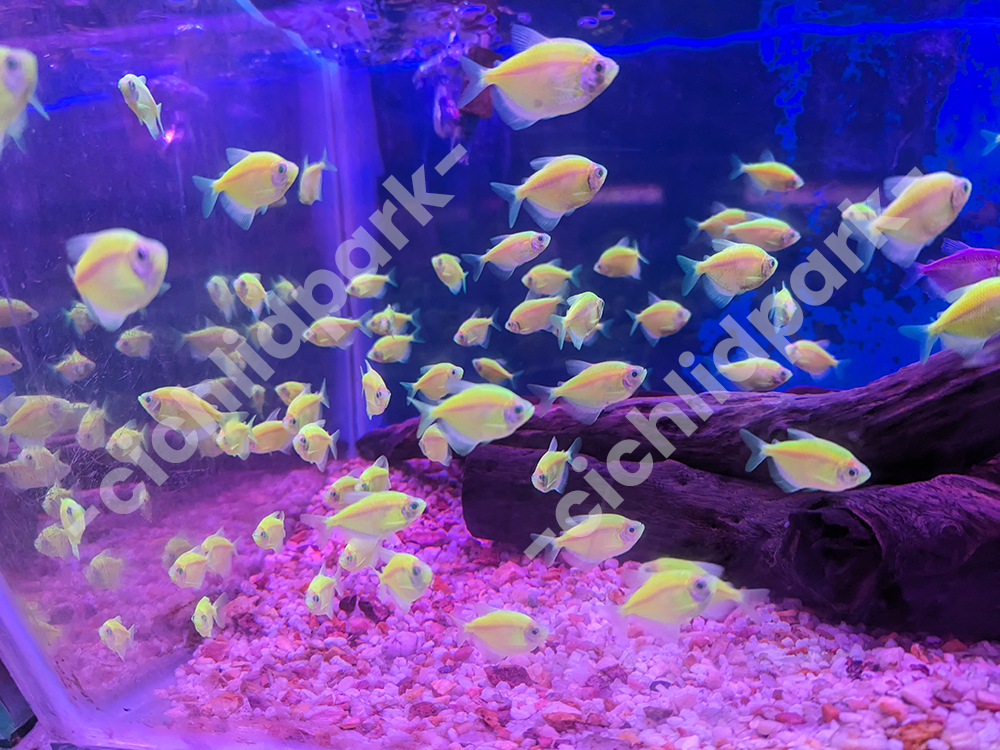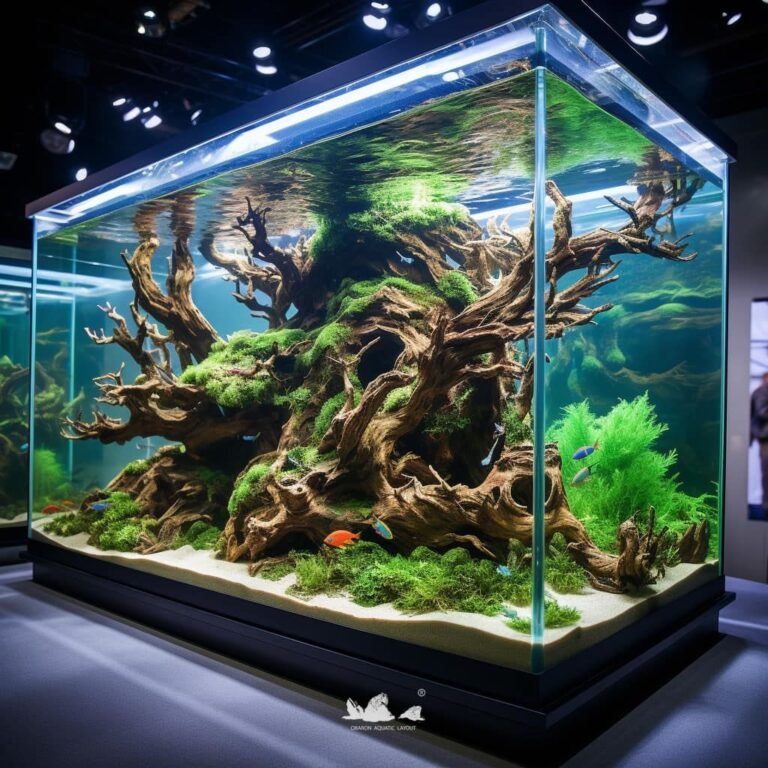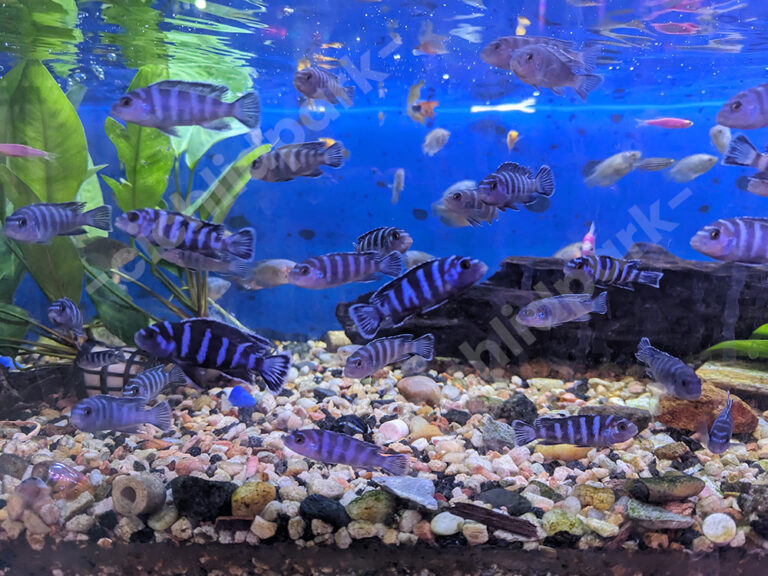The Widow Tetra, scientifically known as Gymnocorymbus ternetzi, is a captivating and sought-after freshwater fish species that has captured the hearts of aquarium enthusiasts worldwide. Known for its striking appearance, peaceful nature, and ease of care, these tetras make a delightful addition to any community aquarium. In this article, we will delve into the mesmerizing colors of Widow Tetras, explore their breeding habits, discuss their dietary needs, and offer essential care tips for keeping these alluring fish happy and healthy.
Widow Tetra Colors:

The Widow Tetra’s most iconic coloration is a deep, dark hue that has earned them their common name, “Black Skirt Tetra.” This dark coloration covers most of their body, contrasting beautifully with their silver underbelly. However, thanks to selective breeding practices, various color morphs have emerged, providing a diverse array of colors for aquarists to choose from:
White Skirt: A stunning variation with a light-colored body that stands out among its darker counterparts, creating a striking visual contrast.
Red Skirt: The result of careful breeding efforts, these Widow Tetras showcase warm reddish-brown or copper-colored bodies, evoking a sense of warmth and vibrancy.
Gold Skirt: This selectively bred variety showcases a shimmering golden or yellowish body, radiating a lustrous glow that captures the eye.
Breeding Widow Tetras:
Breeding Widow Tetras can be an exciting and rewarding endeavor. To encourage successful breeding, it is essential to create the right environment. A separate breeding tank equipped with fine-leaved plants, such as java moss or spawning mops, provides a suitable site for egg-laying. Dim lighting can help create a cozy ambiance, which may encourage the tetras to spawn.

The courtship ritual often involves the male chasing the female, with both displaying heightened coloration and vigorous movements. When spawning begins, the female scatters eggs among the plants, which the male promptly fertilizes. After spawning, it is advisable to remove the adult fish from the breeding tank to prevent egg consumption.
Feeding the Widow Tetras:
Widow Tetras are omnivores with hearty appetites. In the wild, they feast on a variety of foods, including insects, small crustaceans, and plant matter. In a home aquarium, they eagerly accept high-quality flake or pellet foods designed for omnivorous fish.
To promote their overall health and well-being, it is recommended to supplement their diet with live or frozen treats like brine shrimp, bloodworms, and daphnia. Providing a balanced and varied diet ensures that these captivating fish receive all the essential nutrients they need to thrive.
Caring for Widow Tetras:
Caring for Widow Tetras is relatively straightforward, making them an ideal choice for beginners and seasoned aquarists alike. Here are some essential care tips to ensure their well-being:
Aquarium Setup: Provide a spacious aquarium with plenty of swimming space. A well-planted tank with driftwood and rocks mimics their natural habitat and provides hiding spots.
Water Parameters: Maintain a stable environment with water temperatures between 72°F to 82°F (22°C to 28°C) and a pH level ranging from 6.5 to 7.5. Regular water changes are crucial to keep water quality pristine.
Schooling Behavior: Widow Tetras are schooling fish and thrive in groups of at least six individuals. Keeping them in a school reduces stress and encourages their natural behaviors.
Peaceful Community: These tetras are peaceful and should be kept with non-aggressive tankmates of similar size to avoid any potential conflicts.
Conclusion:
The Widow Tetra’s allure lies not only in its captivating colors but also in its ease of care and peaceful demeanor. With their unique varieties and charming behavior, these tetras make a wonderful addition to any community aquarium. By understanding their colors, breeding habits, feeding requirements, and proper care, aquarists can provide a nurturing environment for these enchanting fish, allowing their captivating beauty to shine brightly in any aquatic setting.






